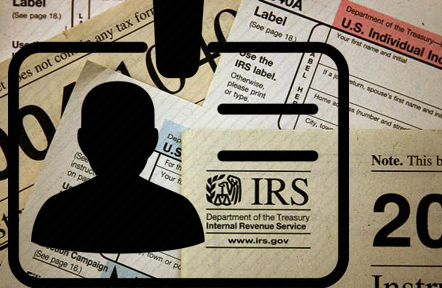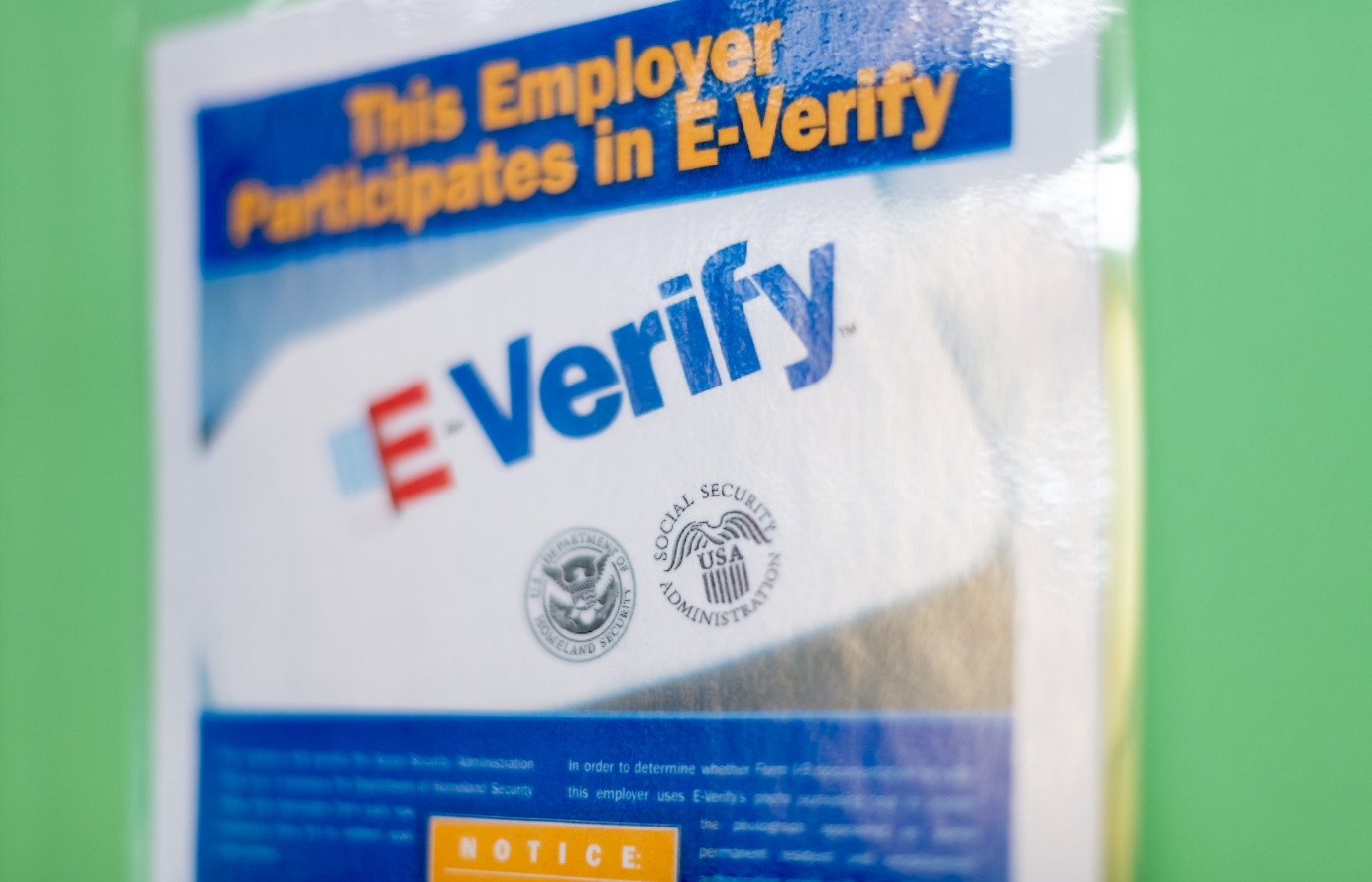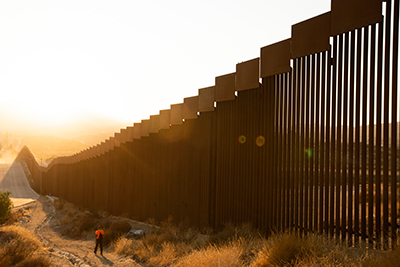Who Will Build the Border Wall?
 The campaign promises of President Donald J. Trump to construct a physical barrier along the international boundary with Mexico – yes, a border wall – are now turning into actual requests for proposals by the federal government from businesses interested in making the project a reality.
The campaign promises of President Donald J. Trump to construct a physical barrier along the international boundary with Mexico – yes, a border wall – are now turning into actual requests for proposals by the federal government from businesses interested in making the project a reality.
But there are still many questions about how this will actually happen, including whether Mexico will pay a single penny to help with construction. Mexico maintains that it will not and President Trump is already proposing that US taxpayers at least pay for it initially while holding out some hope that there will be reimbursement from Mexico down the line.
We have heard from some of our sources that there are many construction firms in Texas with absolutely no interest in helping on the project no matter what it pays. There is also concern among many in the industry that even if the project was fully funded, finding enough workers who could be E-Verified for the project amid a labor shortage will be too tall an order to fill.
Regardless, United States Customs and Border Protection has put out two RFPs for two different types of border wall. One is for a solid concrete wall and the other is for a see-through wall. That second option is also called the "Other Border Wall" by the government.
It seems that what the government is actually looking for are prototypes for walls that could be utilized along various sections of the border. Despite Trump’s promises to construct a “big beautiful wall,” the descriptions don’t sound particularly aesthetically pleasing. Here are some of the specifics:
Height: The wall should be about 30 feet high, but it could be lower. “Offerers should consider this height, but designs of at least 18 feet may be acceptable.” “The wall shall include anti-climb features that prevent scaling using common and more sophisticated climbing aids (i.e. grappling hooks),” says the solicitation. It also should be dig proof.
Designs should reach a minimum of six feet below grade to prevent digging or tunneling. The prototypes should cost between $100,000 and $300,000. Looks matter. The agency has requested the wall to be “aesthetically pleasing” so that the color and texture blends into the environment on the U.S. side.
There is no similar language for the Mexico-facing side of the wall. The wall should be able to accommodate sliding gates (25 to 50 feet) for cars and pedestrians in spots. The wall should also be feasible for slopes up to 45 percent and "be secured on the north side of the wall to shield from external attack."
Meantime, CNBC reports that more than 600 companies around the United States and at least one in Mexico have expressed interest in working on the project.
Many of the businesses appear to be small or mid-sized firms, offering services from consulting to construction, lighting to video surveillance. At least 133 companies were listed as owned by minorities — including 39 by Hispanics. About 127 were run by women, while about 80 are veteran-owned. Those designations could qualify them for special consideration for government contracts.
The database does not include details of any proposals the companies may have submitted. In addition, many companies did not provide any demographic information. For those that did, CNBC's analysis allowed companies to be counted in more than one category. For example, a business headed by a female veteran would be counted as woman-owned and veteran-owned.
Notably absent from the government's list of interested vendors were some of the country's biggest infrastructure and construction companies, such as Bechtel and United Technologies. One long-time government contractor, Caddell Construction, did submit paperwork. Some of the publicly traded firms that expressed interest include U.S. Concrete, KBR, Martin Marietta and Fluor.








